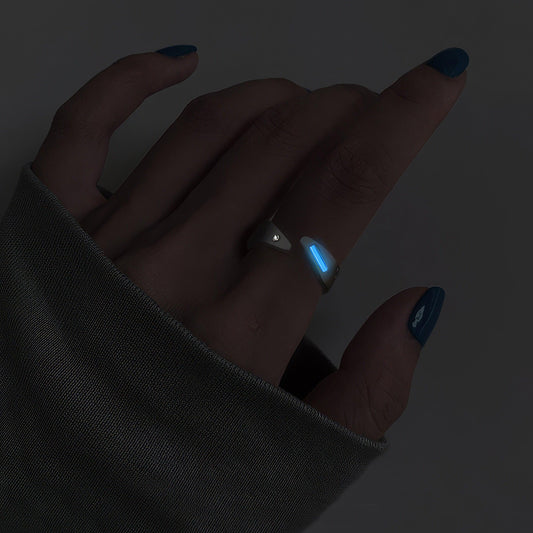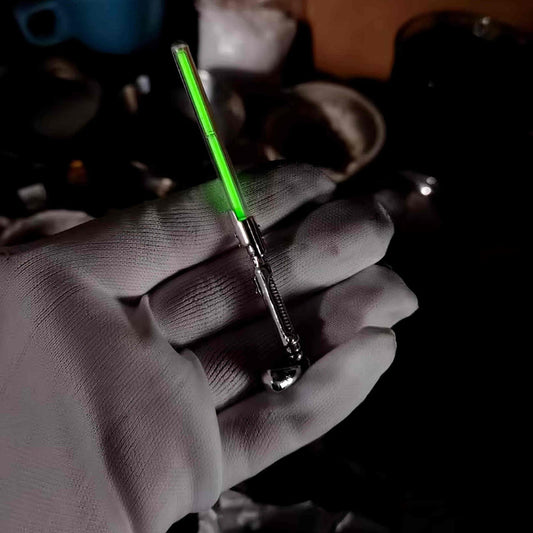The Hand That Wears the Ring A Journey Through Tradition and Choices
The Hand That Wears the Ring A Journey Through Tradition and Choices
Choosing an engagement ring can feel like one of those life moments with a ceremonial undertone. There’s excitement and a seriousness that somehow coexist, like picking out your first pet or buying your first car. Strangely enough, even once the ring itself is chosen, you're faced with another decision: which hand to place it on. Western tradition tells us it’s the left hand, but why is that, and how strict is this unwritten rule really?
The custom of wearing an engagement ring on the left hand dates back to ancient Roman times. They believed in a vein, the "vena amoris," that ran directly from the third finger of the left hand to the heart. While modern anatomy has debunked this charming notion, the tradition has stuck, becoming a standard in many Western cultures. There’s something poetic about it, a little romantic superstition we still hold onto in a world dominated by facts and figures.
As close as I am with my grandmother, I was surprised when she told me about her own engagement during a family dinner. It was the 1950s, and she was given a ring on her right hand—a custom adopted by many European countries at the time. There was a certain practicality to it; she was left-handed, after all. Her engagement was long-lasting and full of love, which got me thinking: does the ring hand truly matter in the grand scheme of things?
Interestingly, in many cultures, the right hand is the one that bears the engagement ring. In countries like Germany and Russia, the right hand is often deemed more appropriate, as it’s associated with good fortune and power. So, if you ever find yourself in a multicultural relationship or just a globetrotter at heart, it might be worth considering the symbolism in other traditions. Every choice in this process can be tailored to resonate with personal beliefs or shared customs.
Style trends today offer some leeway too. Some couples choose to forgo the traditional bands altogether, opting instead for tattoos or mixed-metal rings that can be worn on any finger of choice. This is the age of individuality, where the personal significance of your choices can outweigh the pressure to conform.
Ultimately, the hand that wears your engagement ring is your choice. It’s a decision wrapped in tradition but free for personal interpretation. Whether you’re sticking with the left for tradition’s sake or choosing the right hand for its symbolic richness, what truly matters is the commitment the ring represents. So pick what feels right for you—left, right, or even middle finger—and wear it with pride. After all, it’s your love story, and only you can write it.



























